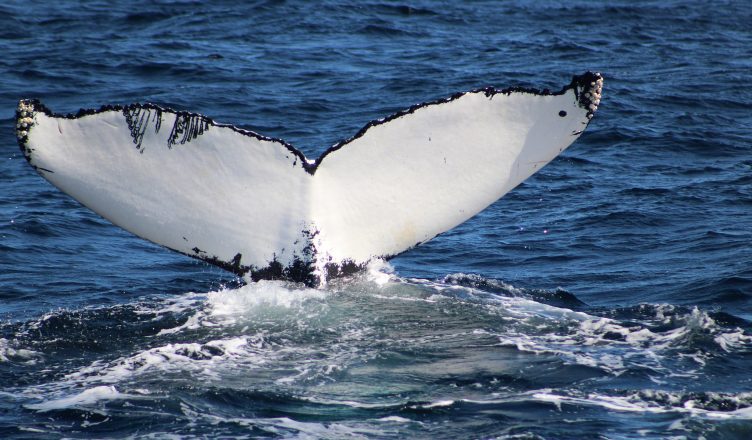If there is anything we have learned in the past couple years, it’s that life is truly unpredictable. You never know what kind of day it’s going to be, or what may happen in the near future. With unpredictability comes uncertainty, and uncertainty can be daunting, or exciting. Things are no different in the world of field work, and this includes researching animals.
At the Blue Ocean Society, our field site is the Gulf of Maine. The Gulf of Maine can be unforgiving at times, but it is also home to some amazing wildlife and unique behaviors. For the past few years, we have been conducting our research aboard the M/V Granite State, a small whale watching vessel out of Rye, NH. Utilizing a commercial/tourism vessel rather than one built for research presents an opportunity to educate the public about marine life and the threats they face, while simultaneously recording their behavior to learn more about them. Interns are an invaluable part of this effort, as I learned through first-hand experience in 2019 and 2020. Over those two summers I had perfect, good, and not-so-good days in terms of wildlife and weather. As anyone who does field work will tell you, it’s not all fun and games and watching whales do awesome things. This overview will give you a glimpse into the day of a whale research intern at the Blue Ocean Society by showcasing a couple different days that I experienced.
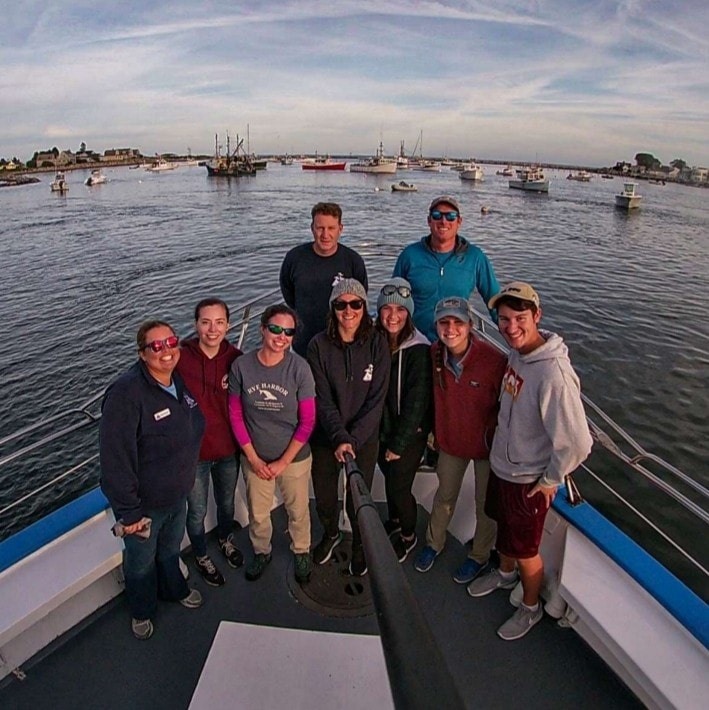
No Whales and No Balance: August 24th, 2019
When I arrived at the harbor for one of my first trips as a solo intern, I thought “Hmm. It looks a little choppy already.” The rest of my cohort had left for school, and I stayed on as I live in-state. I was a little nervous being the only intern; data collection can be tricky even with another intern as the “spotter,” and I was still in need of practice. It soon became clear that this would not be an issue on this day.
We left the harbor and were welcomed by very rough waters. There were constant white caps on the surface, and the boat was rocking so badly I was holding the railing for dear life. I was a little scared but trusted the captain and crew as we pressed forward. By the time we reached our first unofficial marker, the Isles of Shoals, it seemed conditions were not going to improve father offshore. One of our naturalists, Melanie, came to the top deck to inform me that Captain Johnathan decided it was too rough to head out further, and we were going to stay closer to shore and see what, if anything, we could find.
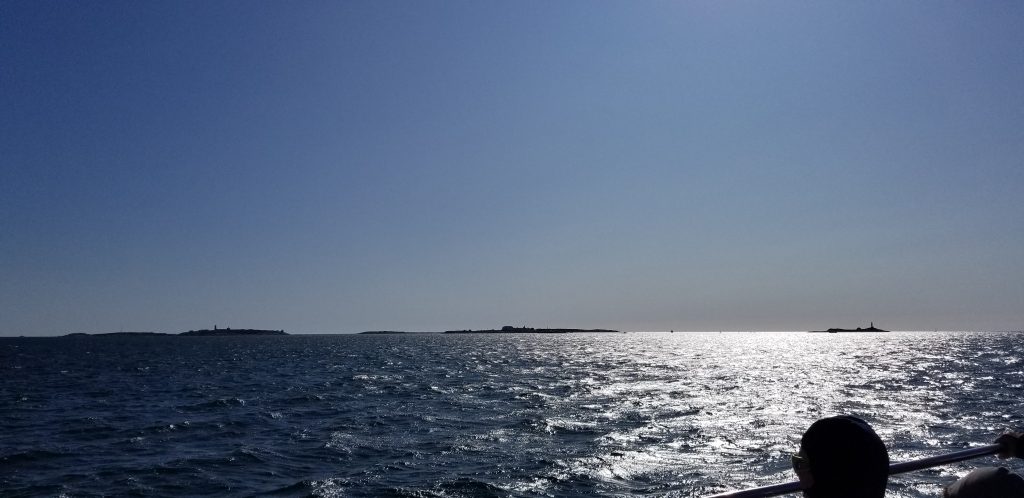
This was obviously a little disappointing, but I loved being out on the water. I thought “Oh well, could be worse. At least it isn’t raining!” It may not have been raining, but boy did I get drenched. The boat made a sharp turn and headed north, changing the direction of the wind, blowing every wave right at us. I was on the top deck, but each time we crashed down on a wave, a splash of cool New England water splashed on my face. Thankfully the air wasn’t too cold, and my Blue Ocean Society hoodie kept me warm despite my wet salty hair.
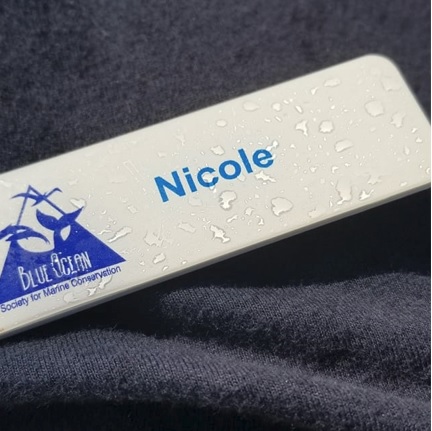
We arrived at Duck Island, part of the Isles of Shoals. As we slowed down, Melanie pointed out groups of seals resting on the beds of seaweed. I had never seen so many seals in one place; it was quite a sight. They all looked at us as we moved on. By this time, most of the passengers had moved to the galley and lower deck to try and stay dry, while I stayed on the top deck to collect data.
I was facing the stern to avoid getting water in my eyes. After maybe another 30-40 minutes, we slowed down and I turned around and to my surprise, there was a huge lighthouse. “Where the heck are we now?” I thought. Melanie came on the PA system to inform the boat that we had arrived at Boon Island. This island was COVERED in seals and sea birds. Both gray and harbor seals, neatly separated by species, with gulls and cormorants in between. I felt like I had wandered onto a National Geographic shoot.
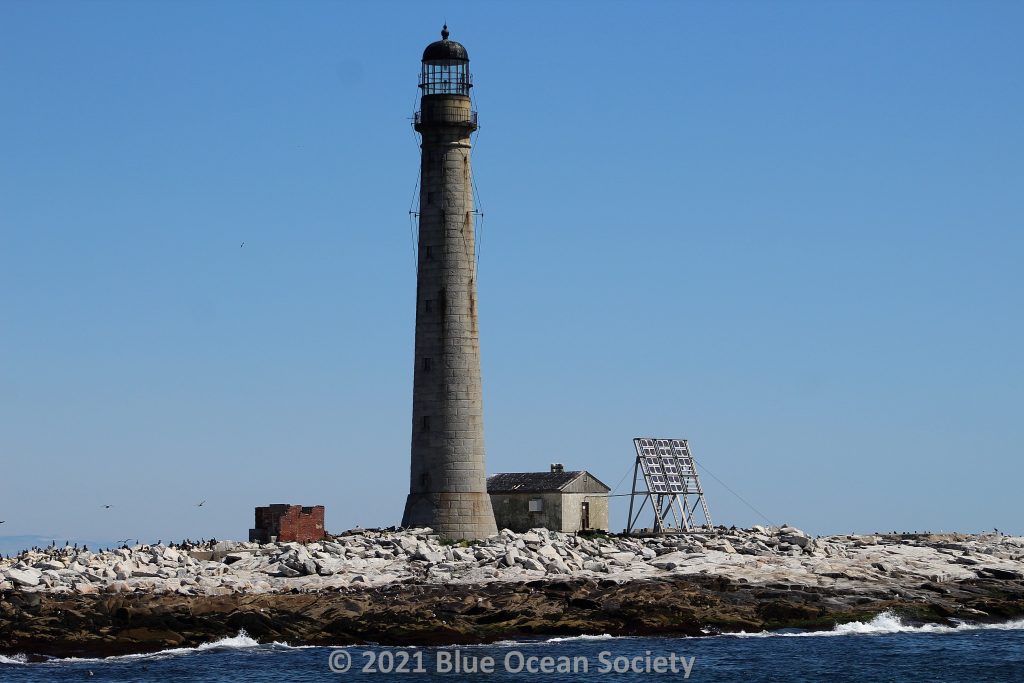
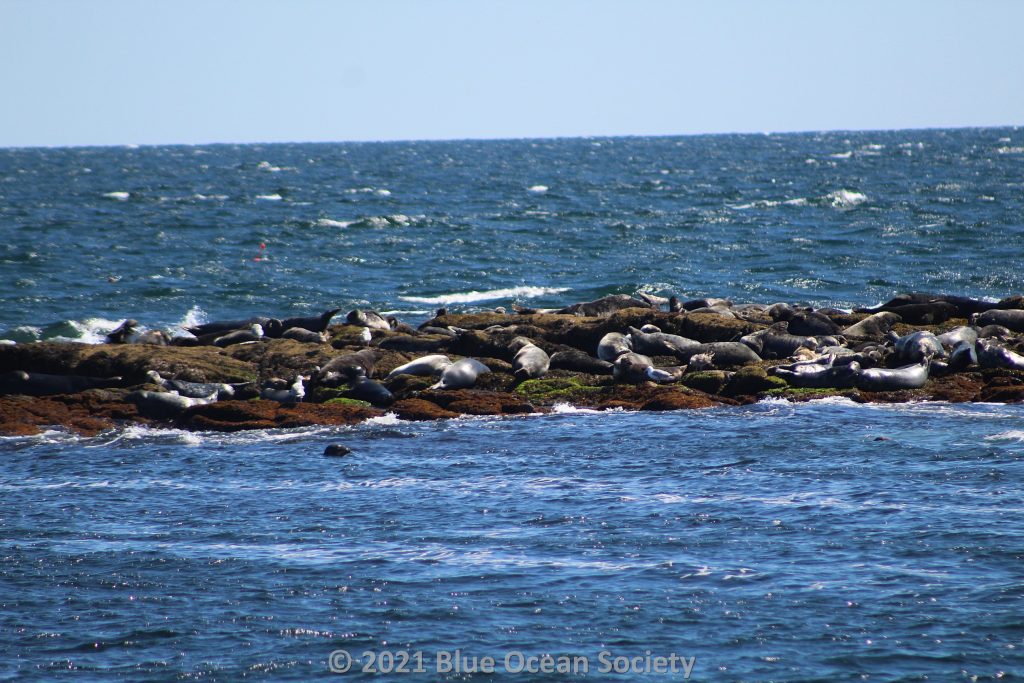
After spending time with the seals we turned towards home. On our way back to the harbor we spotted something leaping out of the water repeatedly. It was a Mola mola, or ocean sunfish. These are the largest bony fish in the world, growing up to 11 feet across. This one was a little smaller, maybe only five or six feet, but it had quite the personality. After drawing us in with the breaching, this fish swam under the boat and picked up some paint from the hull. Then, a passenger’s sunhat blew off in the heavy winds, and the mola swam right over to it and pulled it under the water. “I don’t know whose hat that was, but that was one of the funniest things I have ever seen out here,” Johnathan said over the PA system. Even though we didn’t see any whales this day, and I was drenched in saltwater and sore from fighting to stand, it was still a really great day.
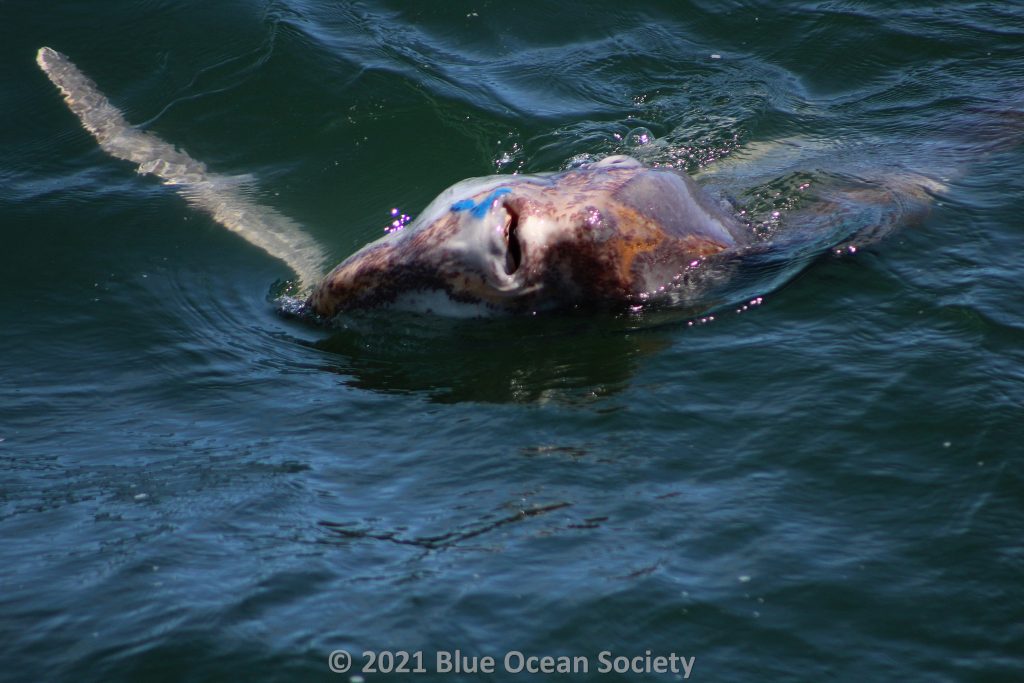
Coffee and a Turtle: September 13th, 2020
September is an interesting time for whale watching. As fall rolls in, humpbacks move in and out of our research area as they start the migration to the warm waters of the Caribbean to mate or give birth. We often spot whales we haven’t seen all season, and our “regulars” move further and further south. This particular trip was no different, and there was an amazing added bonus. We greeted passengers on the dock as they boarded. We started to grow restless as departure time approached. Captain Pete informed the crew that we were waiting on a straggler that was just down the road. When the last passenger arrived we greeted them with a smile, despite seeing a full cup of iced coffee. “You just HAD to get a coffee and make us late, huh?” Little did we know we would soon be praising this passenger.
Just after passing the Isles of Shoals, captain Jonathan brought the boat to a sudden halt. Crew member Matt peered over the side of the boat, and shouted, “It’s a Kemp’s! Holy crap it’s a Kemp’s! A Kemp’s! A Kemp’s!” Matt ran to the wheelhouse to grab his camera. I was left in a state of confusion with Angelica, my fellow intern. “What the heck is a Kemp’s?” Melanie came on the PA system and introduced us to the Kemp’s Ridley sea turtle, the smallest, and most endangered species of sea turtle. Soon Matt, Angelica, and I were all hanging over the top railing with our cameras pointed at this tiny turtle, rapid-fire photos being taken. We were jumping up and down between shots as Melanie said “It’s just so cute!” for all the passengers to hear. Everyone was looking at us with confusion. “Why are they all so excited for a turtle? Where are the whales?” Spotting turtles is nowhere near as easy as spotting whales. A whale’s exhalation, or spout, can be seen miles away on a clear flat day. Turtles are just below the surface, produce no visible breath, and often don’t stay at the surface for long. So you see, the timing had to be perfect for this once-in-a-lifetime sighting. If our late passenger hadn’t stopped for that iced coffee and we left on time, we would not have seen this turtle. To quote my favorite movie, “It’s funny how things work out.”
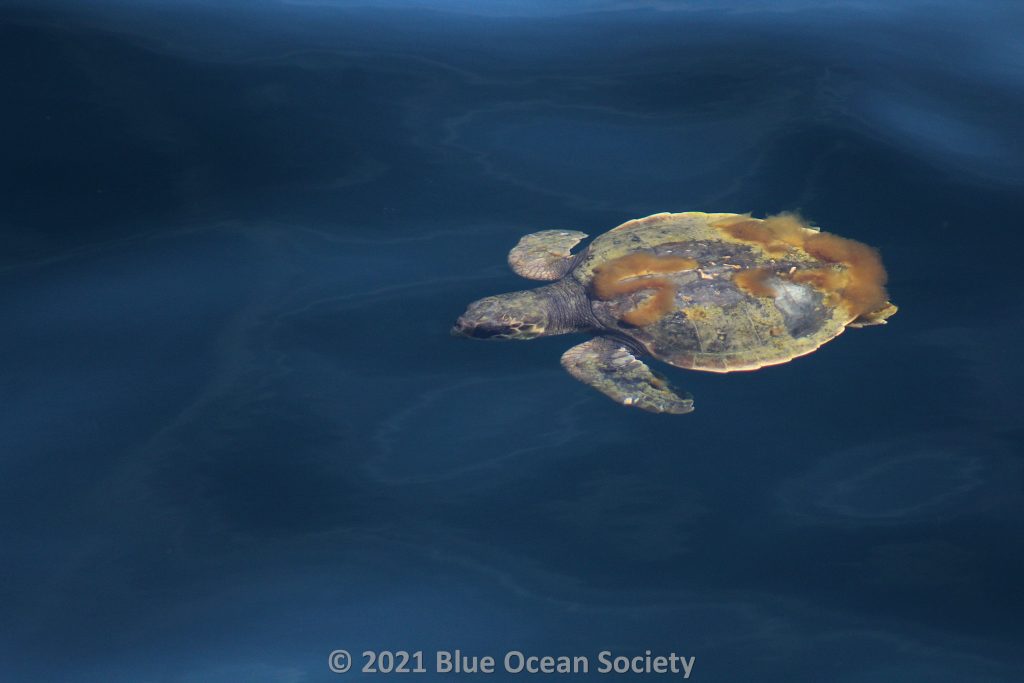
The rest of our trip was equally exciting, as we eventually found two familiar humpbacks, Fan and Patches. Fan is a favorite of mine and Angelica’s, and Patches is on the brochure for Granite State Whale Watch. Patches even did some flipper-slapping. We also saw a mola, a fin whale, and a third humpback named Dross on this trip.
Without a doubt, this was one of my most memorable days. But so was that choppy day in 2019. And the day we only saw a single minke whale over the course of a five-hour trip. And the rainy, seasick day I had in 2021, dubbed “Pukefest 2021.” They are all memorable days, whether it be the weather, the sea state, the passengers, or the animals.
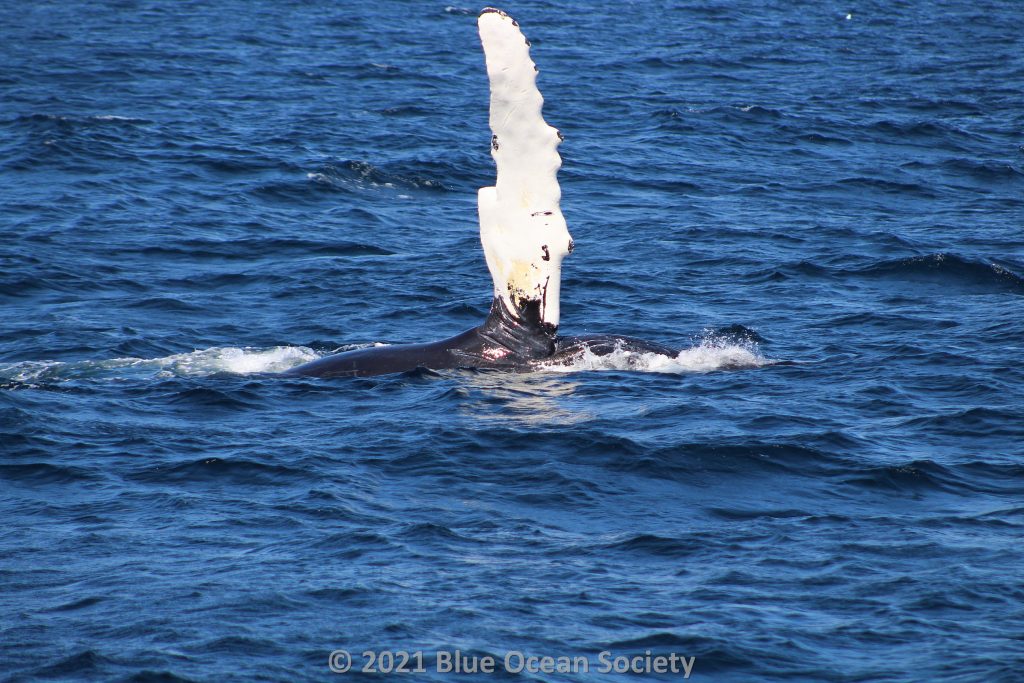
So, what should you expect during a whale research internship with Blue Ocean? Anything, everything, and nothing. Enjoy yourself and make the most of every day!
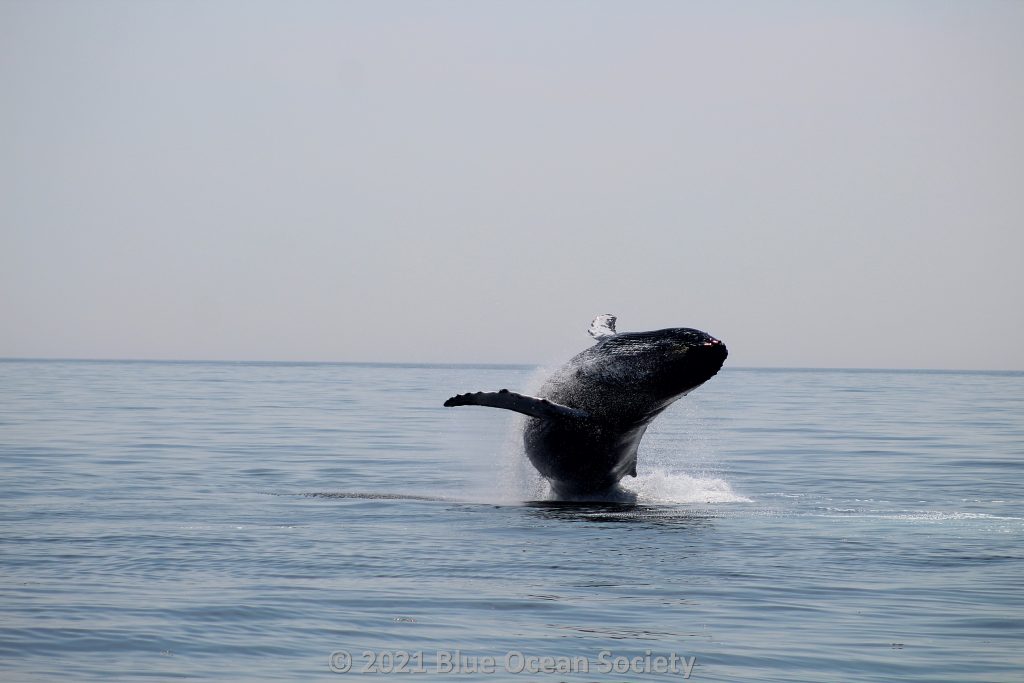
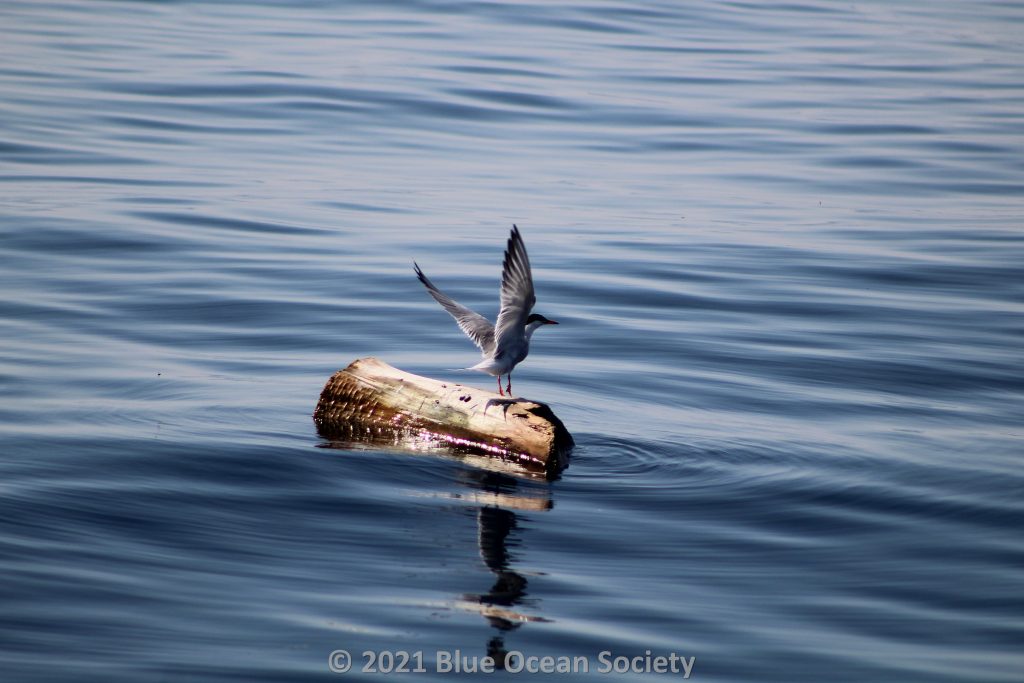
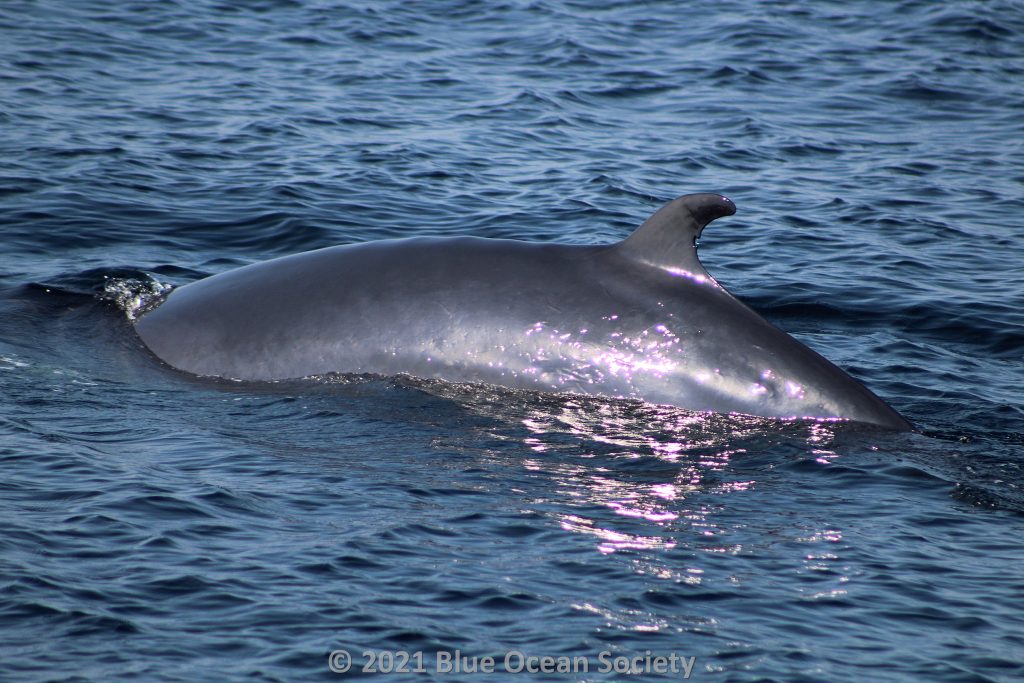
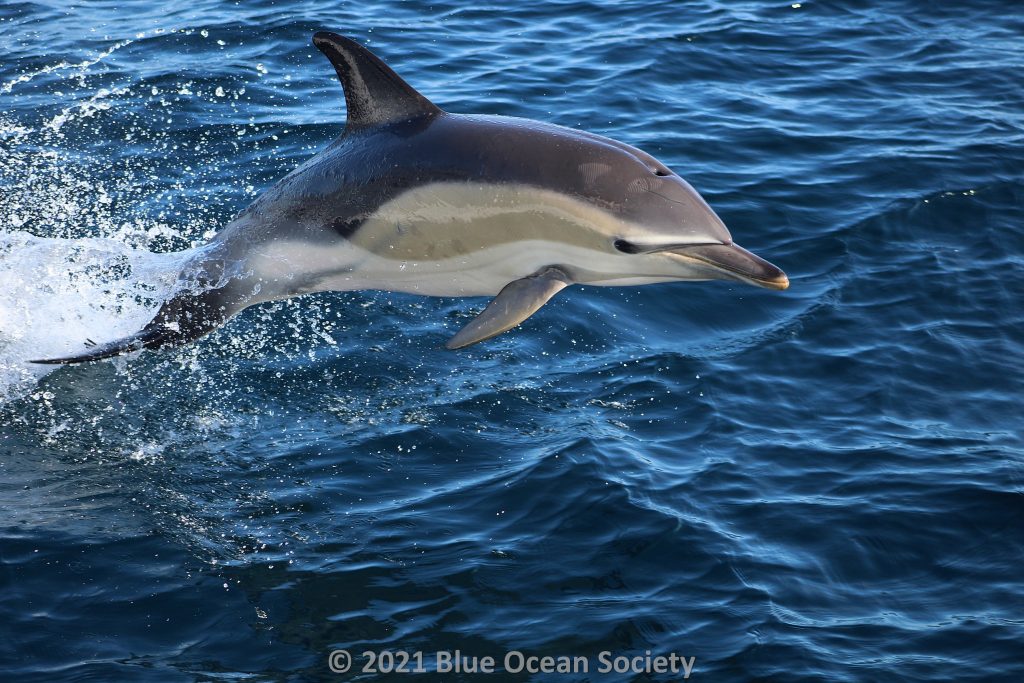
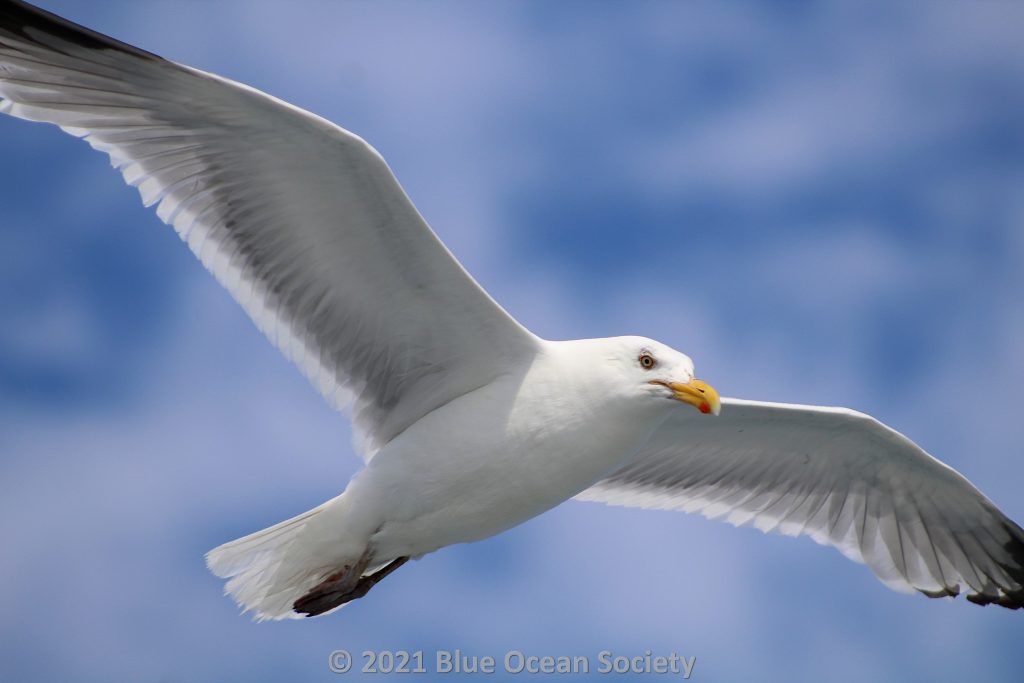
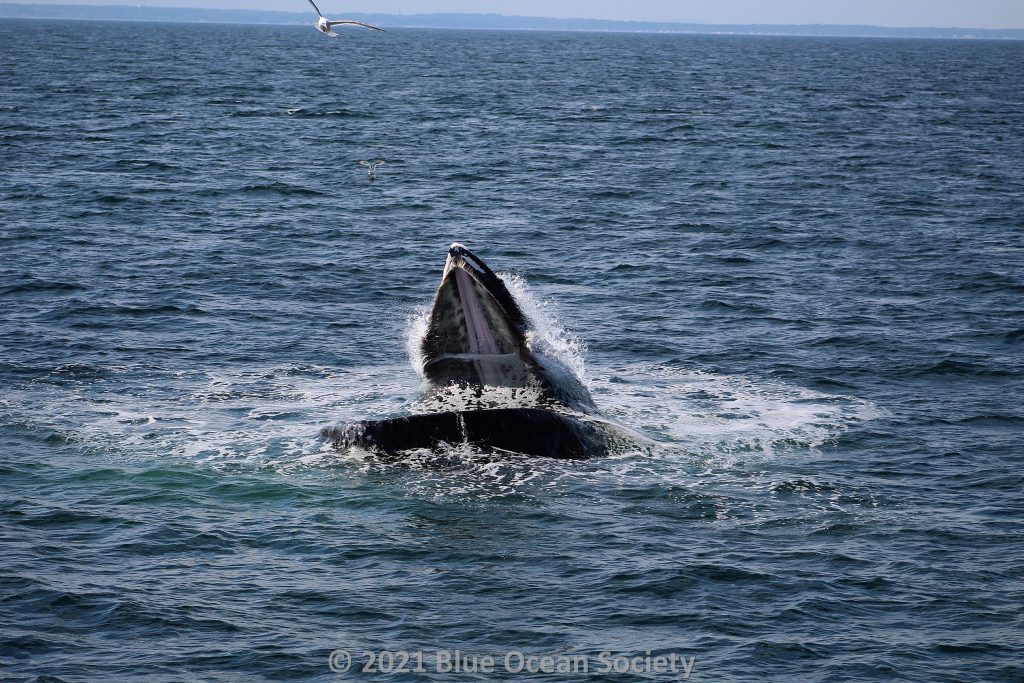
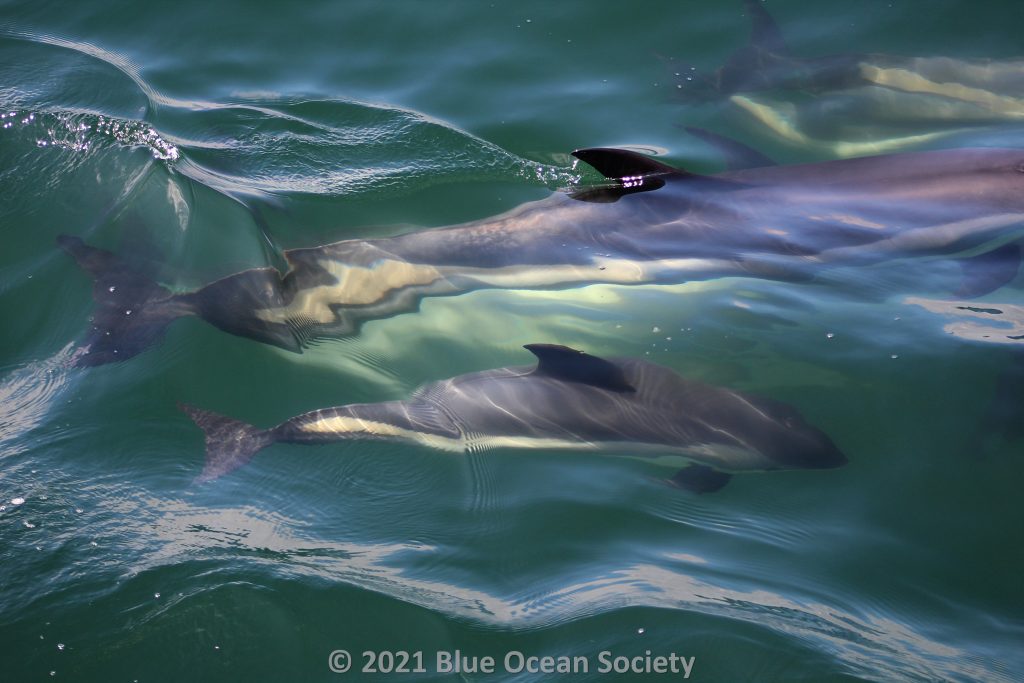
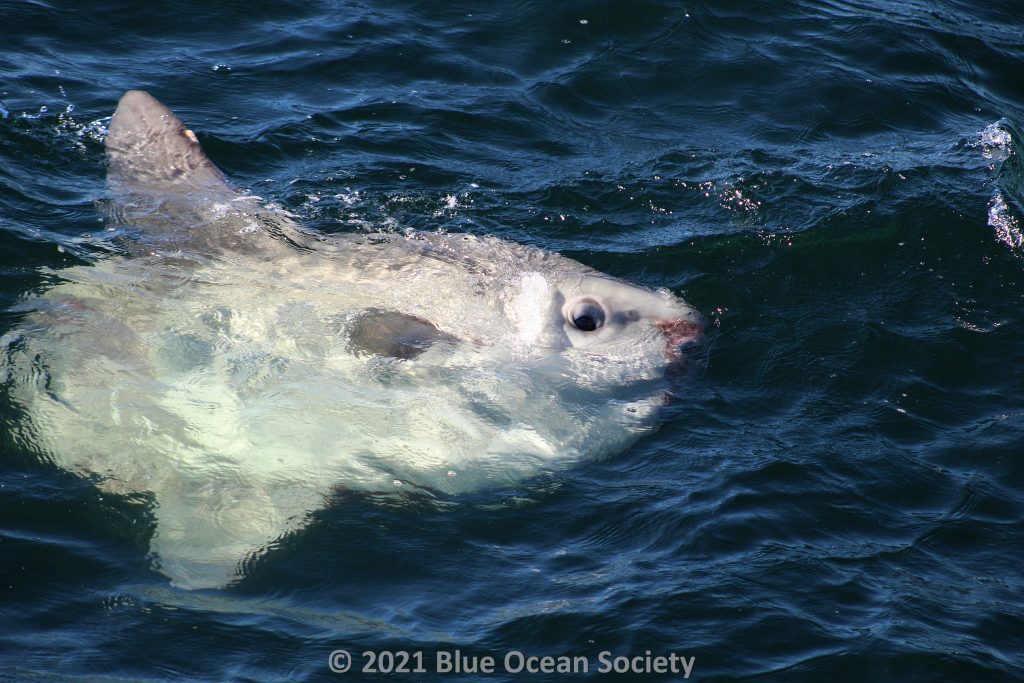
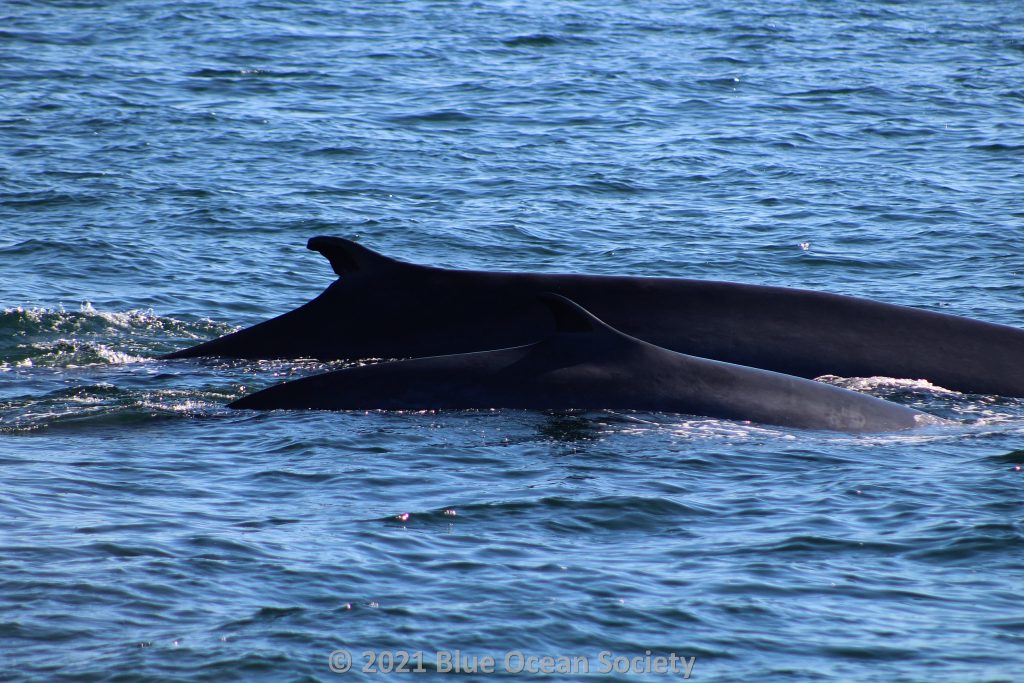
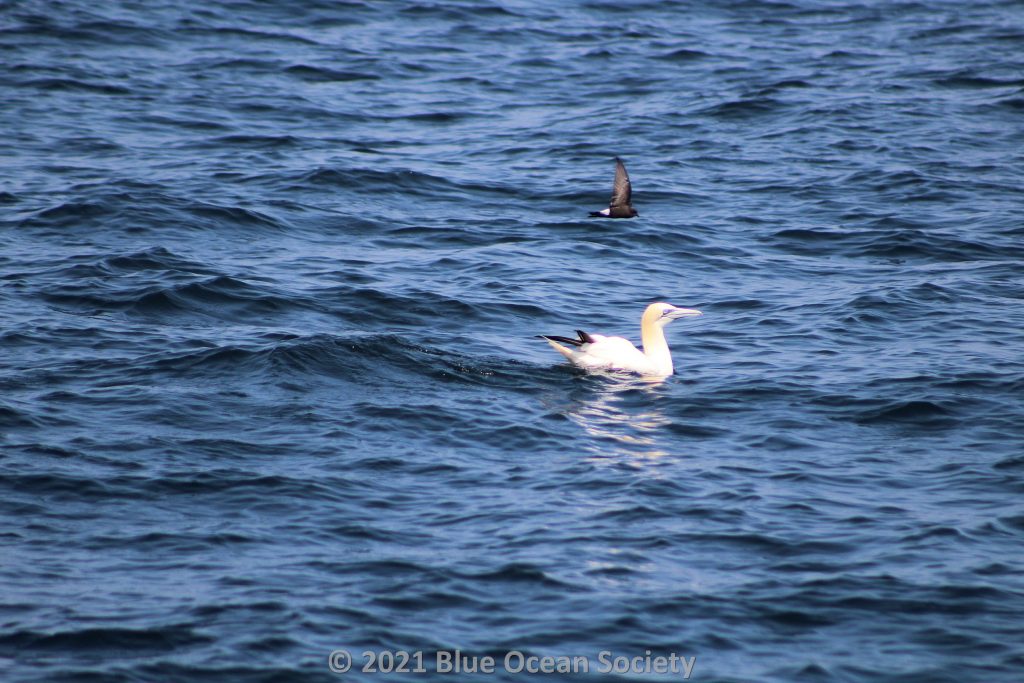
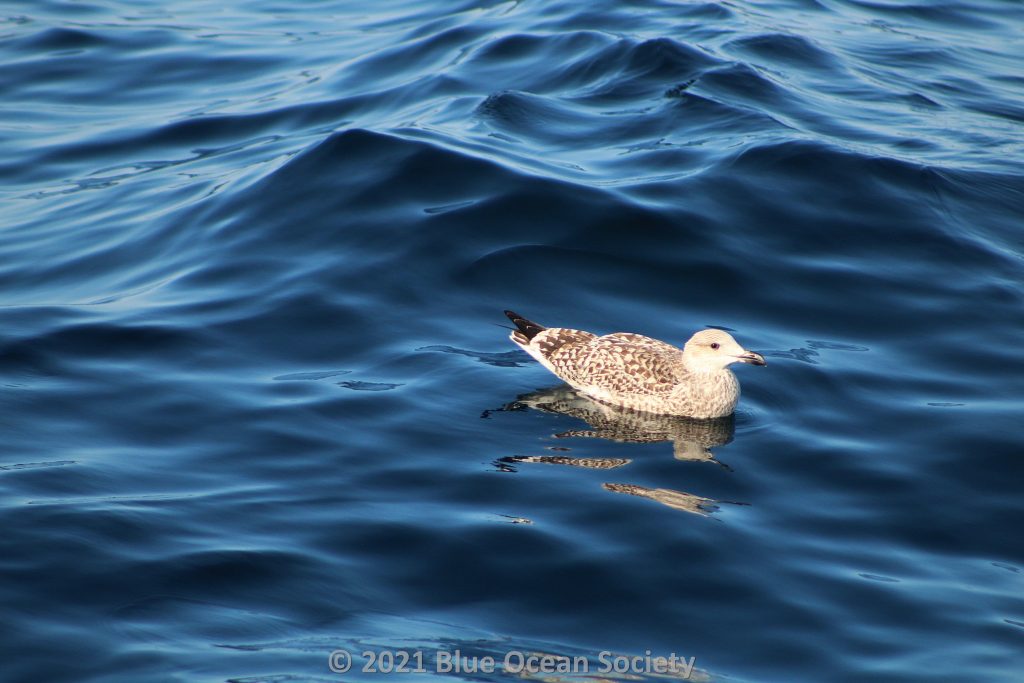
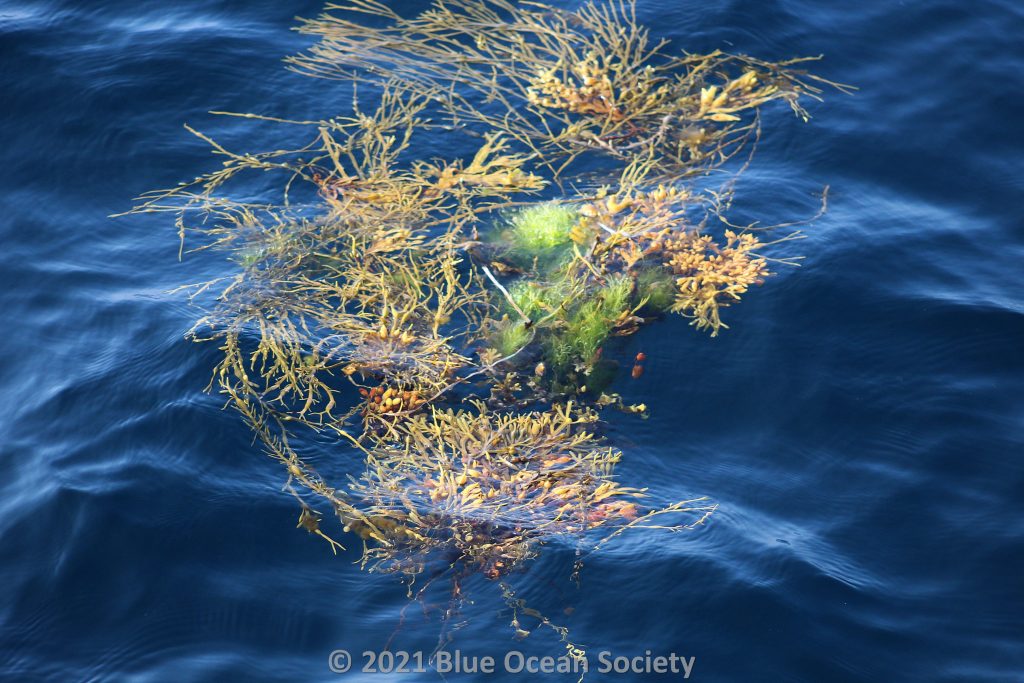
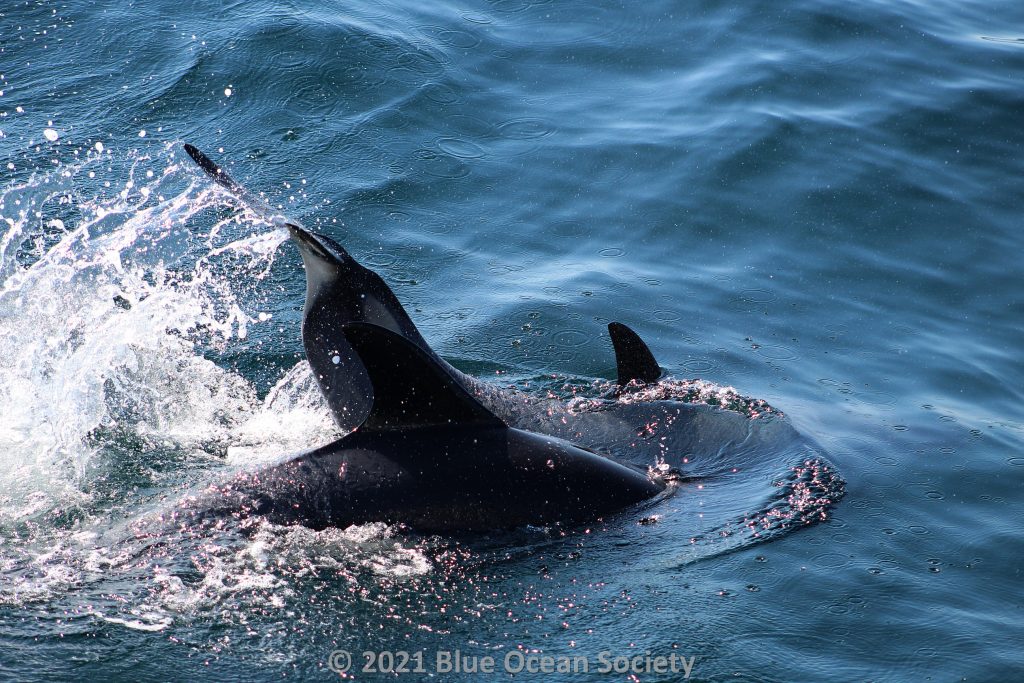
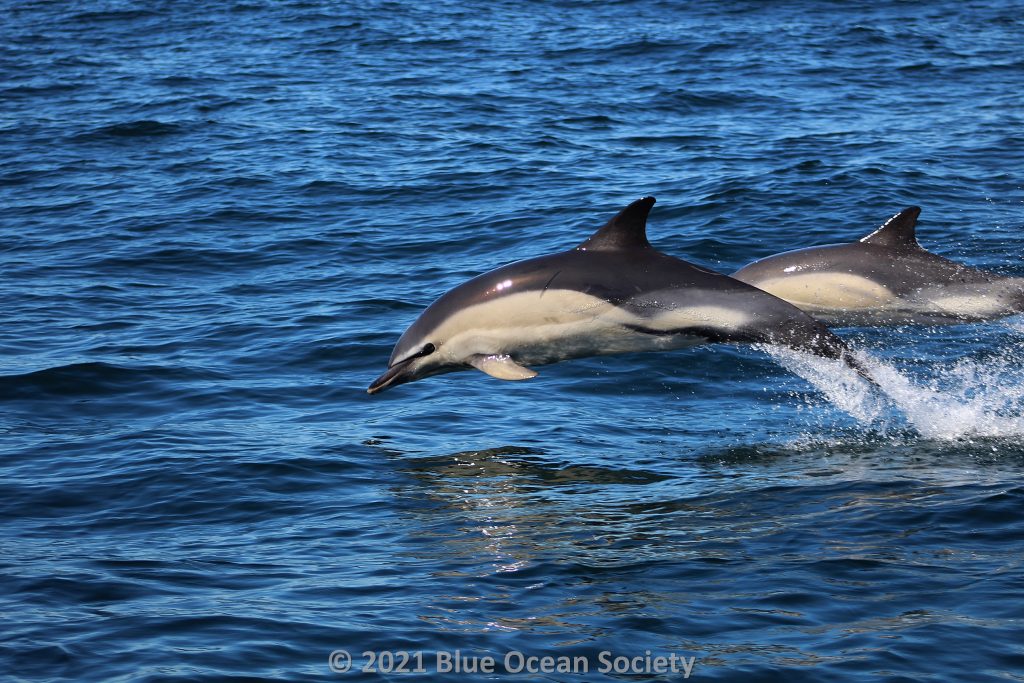
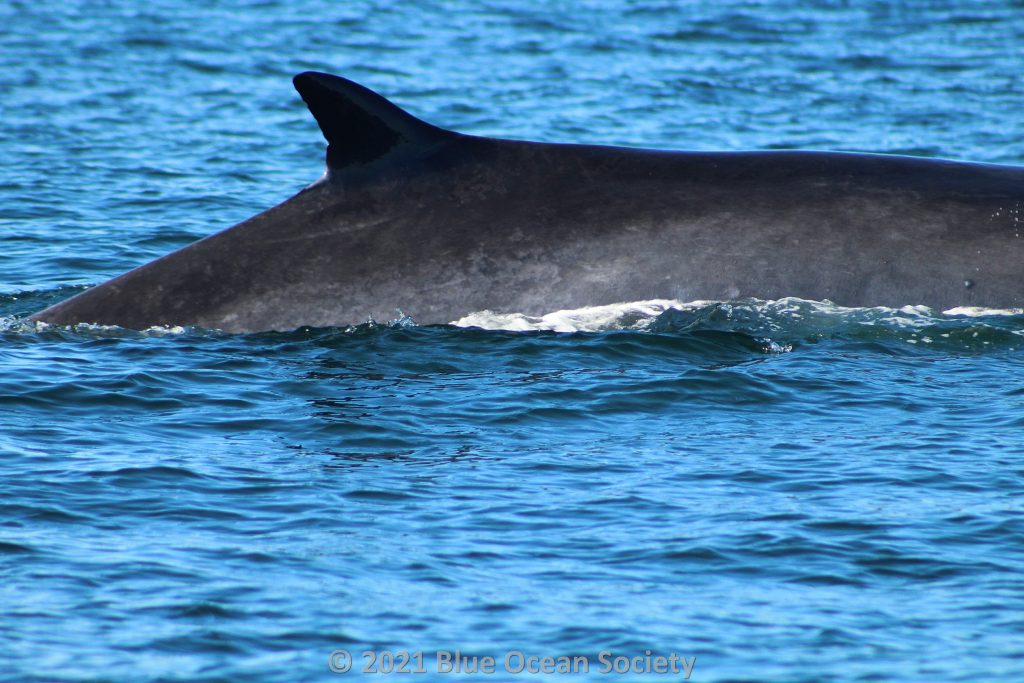
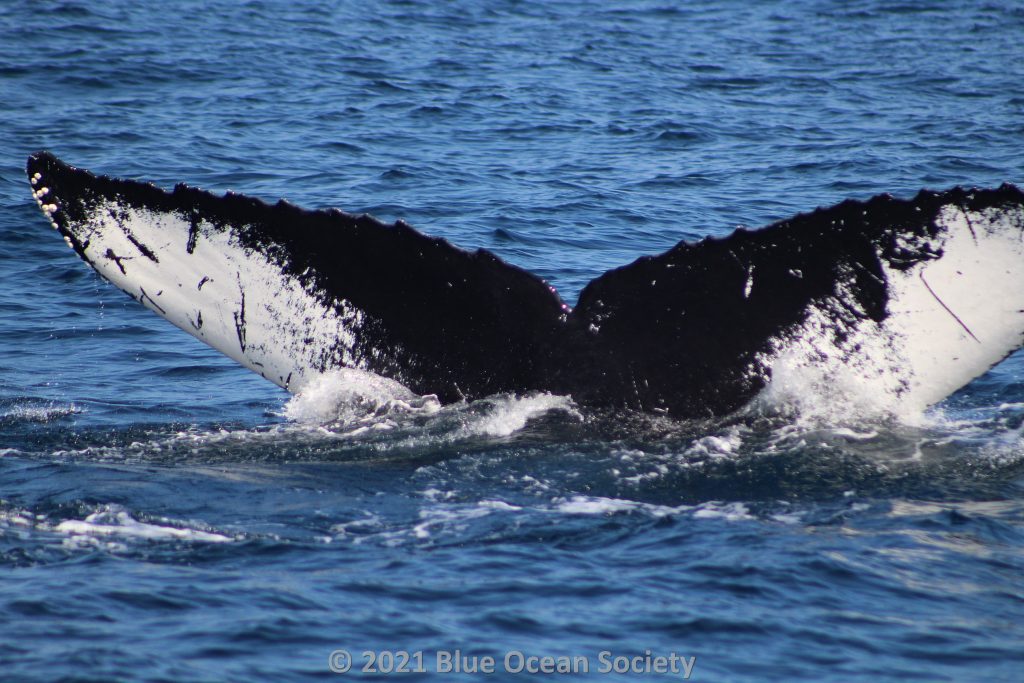
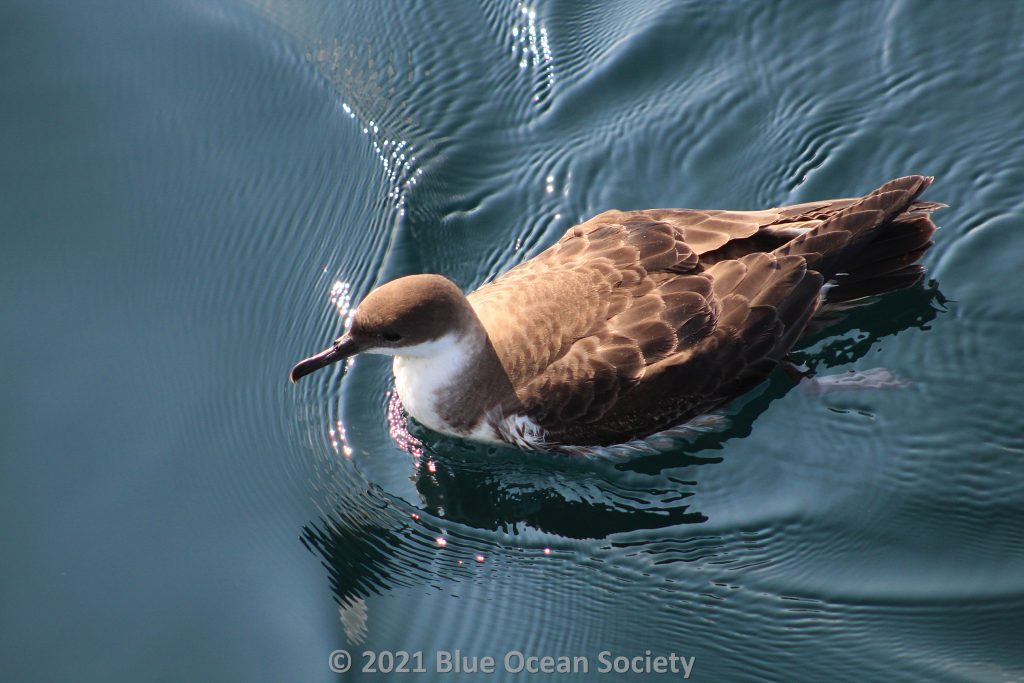
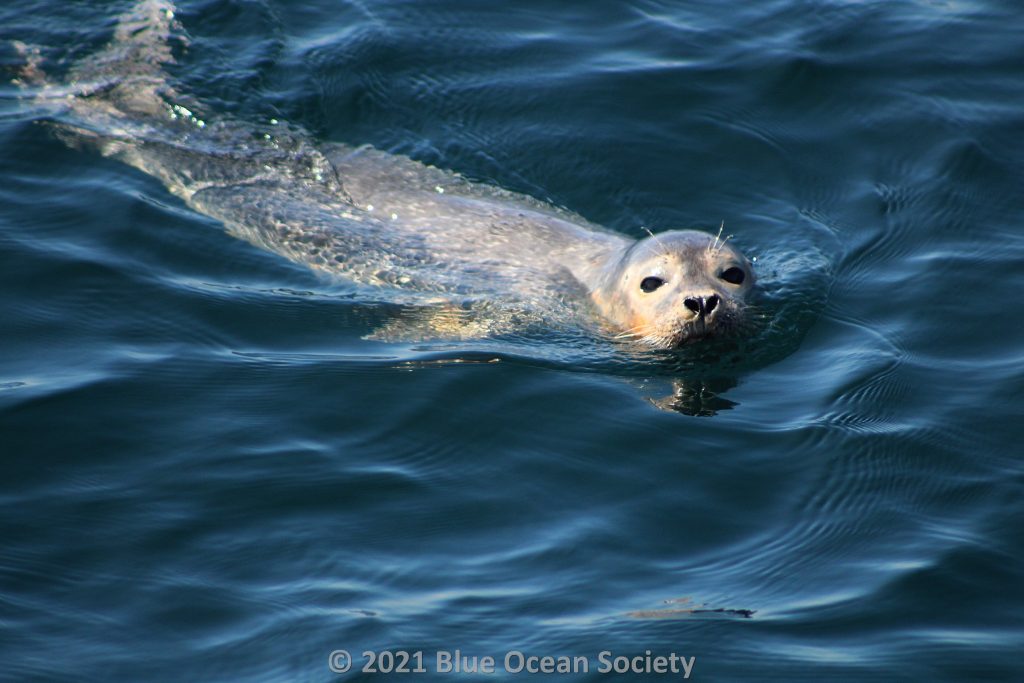
Interested in Becoming an Intern?
- For more information on Blue Ocean Society’s Internship Program CLICK HERE
There are also other ways to get involved and help marine life, including our Volunteer Program and Beach Cleanups
Our Blue Ocean Discovery Center is open daily in the summer. You can learn more about our whale research and other initiatives while also interacting with live Gulf of Maine animals.

